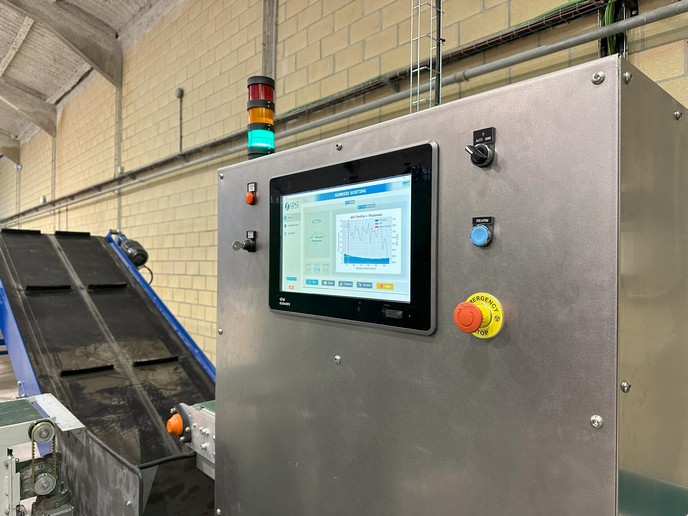Designing the perfect biorefinery
The promise of biorefining, which would turn large amounts of wasted biomass into useful industrial products and energy, has not yet been realised. This ideal is limited by the difficulty of using multiple sources of biomass as well as unsustainable and unprofitable approaches to running a biorefinery. With EU funding, the 'Biocommodity refinery' (BIOCORE) project aimed to create and demonstrate a sustainable and economically viable biorefinery concept that can use multiple biomass sources. The initiative brought together a large number of research institutions and small companies to validate the concept. BIOCORE used an existing biorefining technology known as organosolv, which can remove the major biomass components from a range of biomass resources, including straws and wood. The project began by optimising the organosolv process, wheat and barley straw and went on to show how the technology can be used for rice straw, birch and poplar wood. Notably, using organosolv technology, it was possible to recover the vast majority (>90 % wt) of the feedstock in the form of biomass components (e.g. cellulose) that are suitable for product manufacturing. Using these, project scientists demonstrated the production of several products, including ethanol, bio-based resins for wood panels, polyurethane foams and plastics. Another aspect of the project focused on ways to make biorefining more sustainable and profitable. In this part of BIOCORE, researchers used modelling and total site analysis to design optimised product pathways for a future biorefinery. Finally, BIOCORE produced a number of policy recommendations to promote a competitive biorefining sector, which would have a positive socioeconomic impact in the EU. Overall, the project has taken steps to move the nascent biorefinery concept out of research and towards industry. Since the end of BIOCORE, the company operating the organosolv technology has obtained EU funding (2G BIOPIC project) for the construction of a demonstration plant, thus bringing industrialization a step closer.
Keywords
Biorefinery, biomass, wasted biomass, industrial products, organosolv







